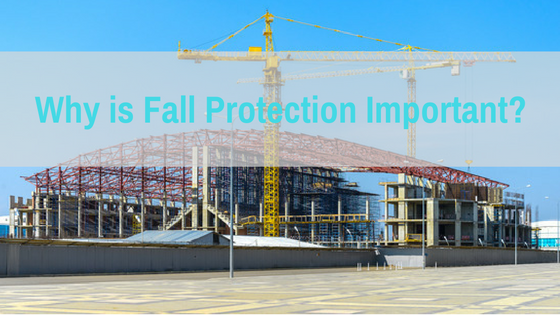
Outside of most office jobs, which present little actual danger to the health of an employee, many occupations involve possible hazards to employees. Not taking such dangers into account can lead to those individuals being injured, with the severity of that injury depending on the job description. In some cases, the prospect of a workplace death even exists.
The Looming Specter of OSHA
Those sobering realities make a strong case for the value of investing in fall protection equipment. Even if basic concern about employee safety isn’t an overriding concern, rules that have been set up by OSHA dictate that a company could face serious penalties by ignoring such problems.
Types of Dangers
The numerous dangers for employees when it comes to falls can often be related to their workstations, the platforms needed to perform their job or the hazards down below. OSHA regulations demand fall protection for heights that don’t even have to be that high off the ground. In some cases, the machinery or equipment below an employee may require the use of such protective gear.
Different Considerations
For example, workers in the longshoring industry need equipment for any work task that takes place eight feet above the ground or higher. That required height gets progressively lower when certain occupations are taken into consideration. These include construction work at six feet or higher, shipyard work above five feet and standard workplaces of four feet or more.
Any employer in these professions needs to legally follow OSHA rules. These mandate workplace floors that are at least dry, if not clean enough, to maneuver safely. If any potential danger exists, that employer must equip such workers with the type of material that will keep them safe. For those employing foreign workers, such potential hazards need to be communicated in the employee’s native language to create an awareness of the dangers involved.
What is Needed?
In some cases, such equipment may only involve the covering of a hole in the floor or the presence of a toe board. The latter instance is usually seen for workers like roofers or construction personnel who are working high above the ground and prefer more freedom of movement.
However, some tasks will demand the use of lines, nets or harnesses that have to be worn by the employee, regardless of the worker’s preference. Reaching such heights or moving within such elevated areas can also require the installation of some sort of railing. This can take the form of railings of some kind.
The Reality
The use of fall protection equipment in any of the above circumstances should never be a source of debate for a company. All employee deserve the right to safely do their job and return home at the end of their work day. Such thinking is not only common sense but can also help benefit the bottom line by limiting workers compensation claims and reducing insurance costs.

Leave a Reply